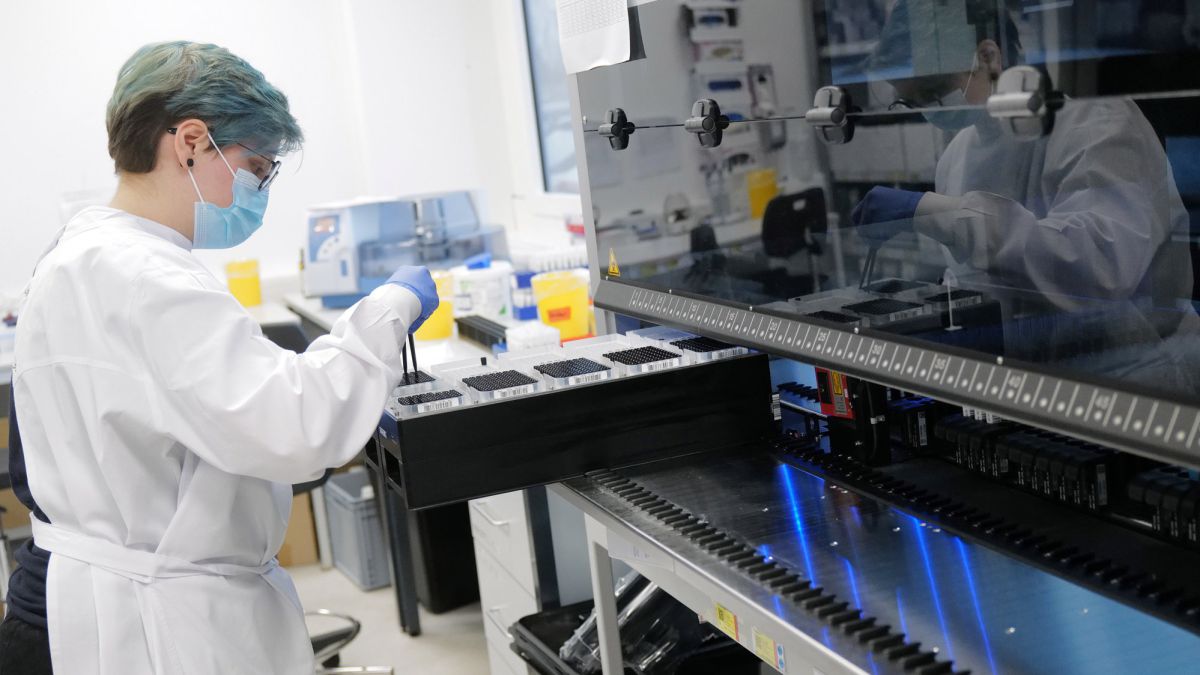Despite the start of vaccination campaigns around the world, Experts continue to carry out thousands of investigations to fully understand the coronavirus, as well as other possible drugs that can take effect against this virus that has caused a global pandemic since last March 2020. The latest studies focus on testing experimental tools, those capable of representing magnetic waves to a mixture of aerosols with sufficient capacity to vary the power, energy and frequency of electromagnetic exposure.
As published in the magazine Review of Scientific Instruments, seek to better characterize the threshold energy levels of a microwave. With this, they aim to inactivate viral particles in aerosol, as well as reduce their ability to spread infections. And it is that, since the pandemic began, Much has been said about the importance of aerosols in COVID-19 infections, That is why constant ventilation in closed spaces is so important, avoiding the concentration of these particles that come through the air.
Aerosols, the main subject of study for experts
Therefore, this is one of the research subjects on which scientists focus the most. They are looking for new methods or tools to disinfect surfaces, spaces or objects against the coronavirus. Scientists have previously studied the use of electromagnetic energy to inactivate viruses such as influenza in bulk fluids, however, the role of non-ionizing radiation, such as microwaves, in reducing the infectivity of viral pathogens in aerosols has not been studied.
Researchers from United States Air Force Research Laboratory have focused on the development of “A set of experimental tools capable of presenting electromagnetic waves to an aerosol mixture of biological media and viruses with the ability to vary the power, energy and frequency of electromagnetic exposure ”, according to Europa Press. “We believe that our experimental design is capable of conducting fundamental investigation of a wide variety of inactivation mechanisms. This range of ability is especially important given the range of possible interaction mechanisms found in the literature, “explains study co-author John Luginsland.
According to the study, the key parts of each of the systems fit inside standard biosecurity cabinets. This ensures the containment of pathogens in multiple layers. In this line, the systems are also designed to avoid the release of microwave radiation in the laboratory environment, and it is that, at high levels, it could potentially interfere with diagnostic equipment and other electronic components.
Use of a “safe for humans” coronavirus
In their studies, researchers from the United States Air Force Research Laboratory, they are using a surrogate coronavirus, safe for humans – known as bovine coronavirus. They expose it to a range of microwave waveforms, reaching frequencies ranging from 2.8 GHz to 7.5 GHz. “The bovine coronavirus is similar in size and configuration to the human coronavirus, but it’s safe for humans “, notes co-author Brad Hoff.
In case the investigations progress and Microwave exposure is shown to be effective in reducing infectivity, experts could go ahead and use aerosols containing the COVID-19 coronavirus or other pathogens that infect humans in your research. “If shown to be effective, the use of microwaves may allow for the possibility of rapid decontamination that is currently not addressed by UV light or chemical cleaning for highly cluttered areas, while potentially operating at levels compatible with human occupancy.” Hoff adds.

